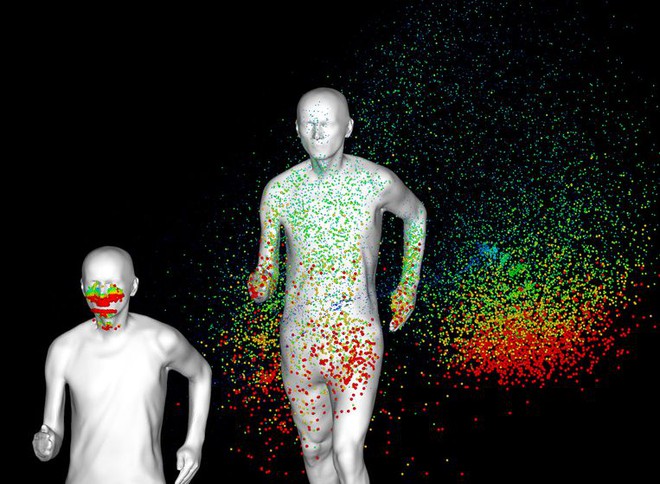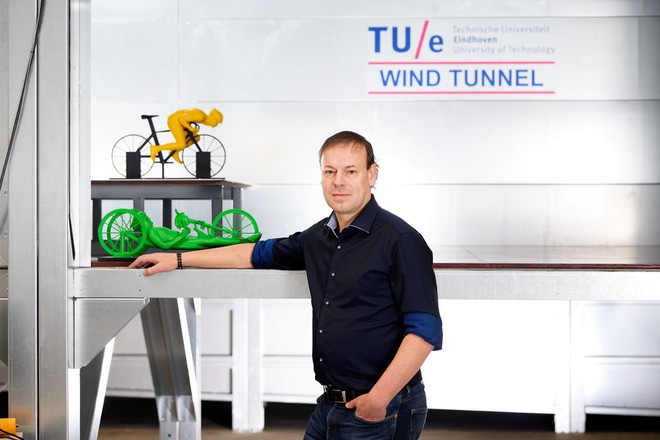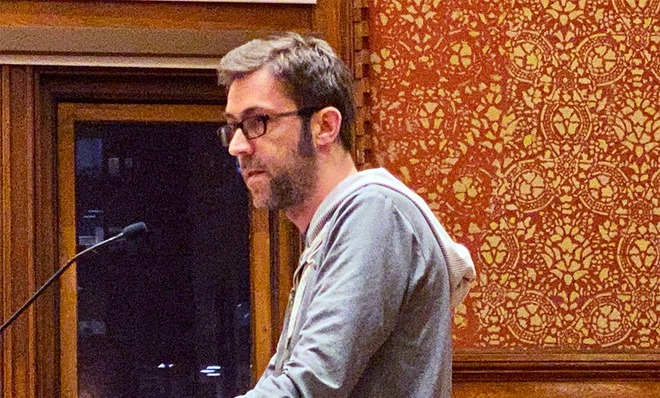The truth about “research” warns about the risk of COVID-19 infection when running, cycling
- Tram Ho
On social networks like Facebook, Twitter and Reddit are spreading a simulated image, implying that corona virus can spread further than a distance of 2 meters when you exercise with the sick, especially when you walk , run or cycle behind them.
This image originated from a Dutch article, and the blog of a businessman named Jurgen Thoelen on Medium page titled: ” Belgian and Dutch research: Why in the COVID-19 pandemic, did you not should walk, run or bike behind another person “.
Thoelen said he cited results from a ” study ” by KU Leuven University and Eindhoven University of Technology, demonstrating that pedestrians, joggers or bicyclists can inhale the droplets of forward pedestrians. even if you keep a distance of 1-2 meters.
But what is the truth of this ” research “? Some scientists say it’s not a scientific study, and the fact that an entrepreneur interprets this ” research ” to the public has made people misunderstand it.

A simulation has been misunderstood
The simulation videos were made by a team of four scientists working at KU Leuven University and Eindhoven University of Technology, led by Professor Bert Blocken, an engineer with sports aerodynamics. and not a doctor, biomedical researcher or virologist.
” When you move, bike or walk, you are actually creating a puff of air behind the so-called slipstream, ” the Dutch newspaper quoted Professor Bert Blocken as saying. ” Usually in sports, runners and cyclists [behind] often take advantage of the slipstream of the front to go faster.”
However, the slipstreams themselves will also disperse cloud of droplets when the front person breathes, coughs or sneezes. And the people behind them will risk breathing in them.
To evaluate the impact of slipstreams on people exercising together, Professor Bert Blocken ran a computer simulation. And the result as you can see in the video below:
Cloud drops shot in scenario you walk at 4km / h
The cloud of droplets can be seen clearly, they extend behind pedestrians, even if the speed is only 4 km / h. The biggest splashes (red) when pedestrians sneeze or cough. But in their breath also contains small splashes.
The red dots on the image represent the largest shot drops. Professor Bert Blocken said that when running through that cloud, they can still fall on your clothes.
Based on his simulation, he recommends that if you choose to go out to exercise during the COVID-19 pandemic, walk at least 4 meters ahead of the person. The distance should be 10 meters if you jog with them, and 20 meters if you ride a bicycle.
Jurgen Thoelen grabbed his idea and put it into his Medium post. Since then, the English version and photo have spread throughout the social networks Reddit, Twitter and Facebook. And people feel they should not go out to exercise anymore, because the distance that Professor Bert Blocken recommends seems impossible in cities.

The author of ” research ” has voiced corrections
When he saw his simulation spreading with the wrong messages, Professor Bert Blocken had to publish a “white paper” (which could be understood simply as a correction of misleading information in the media).
In the correction, Professor Bert Blocken acknowledged that his recommendations were based solely on aerodynamic simulations. By not being a virologist, Professor Bert Blocken is not sure whether you are at risk of COVID-19 infection if you don’t follow this principle.
His simulation lacks a number of variables, such as the evaporation rate of droplets shot under the conditions of temperature, outdoor humidity, the ability of the virus to be killed in the sun or their load in the droplets. of COVID-19 patients when they go to the gym. Often people can also go to the gym, which means they have no symptoms and mild symptoms.
Even Professor Bert Blocken has not published any scientific results from his simulation. Therefore, it is not a proof to discourage people from exercising during the COVID-19 pandemic.
” Most people understand the message in a positive way, but there are two misconceptions. One misconception is that we make a statement about virology. We only examine the relationship between distance and the contact of the shot drops.
That’s aerodynamics: How do droplets work in the airflow? I did not make any claims that the infection rate would be higher or lower, “Professor Bert Blocken told Independent.
” Some people have said that I recommend they should not go out, jogging or cycling, which is contrary to my intention. I am a veteran cyclist. Everyone should go out. , but they should be careful. If you move too close to others, stay away from their slipstream “.

Professor Bert Blocken, an engineer with sports aerodynamics and not a doctor, biomedical researcher or virologist.
Professor Bert Blocken admitted that he had deliberately reversed the scientific publication process. He spoke to a reporter of the Dutch newspaper, before his research was submitted for review, even published in a pre-published journal, allowing other scientists to criticize it.
The process should have been done the opposite.
Some criticisms from other scientists
William Hanage, an epidemiologist at Harvard’s Center for Infectious Dynamics, said that Professor Bert Blocken reversed the process of announcing scientific research, creating a toxic effect for society.
That even made Hanage “boiling blood” . Epidemiological and virological researchers now show that corona virus has a lower infection rate when outdoors. The droplets of an infected person carry the virus, but it does not mean that anyone who is exposed to a droplet will become infected.
COVID-19 transmission depends on a variety of factors; The scientists believe that one of these important factors is the viral load, a measure of how many virus particles are in each drop.
“In epidemiology, the location of the droplets is significantly less than the viral load transmitted through this path, ” Hanage said. “The advice of keeping physical distance really only helps reduce the risk of transmission instead of eliminating it completely.”

William Hanage, associate professor of epidemiology at Harvard’s Center for Infectious Dynamics, said Professor Bert Blocken’s “research” was a malicious piece of information.
Hanage said studies such as that of Professor Bert Blocken “are not really useful from the perspective of epidemiologists . “ But it is being spread widely in the media, and everyone misunderstands it, Hanage has to put aside his epidemiological research to warn of this ” research “.
After all, the scientific information during the COVID-19 pandemic needs to be verified by experts, virologists and epidemiologists, rather than entrepreneurs or researchers in another field. If not, they are easily misinterpreted.
See Brusselstimes, Vice, Independent
Source : Genk
